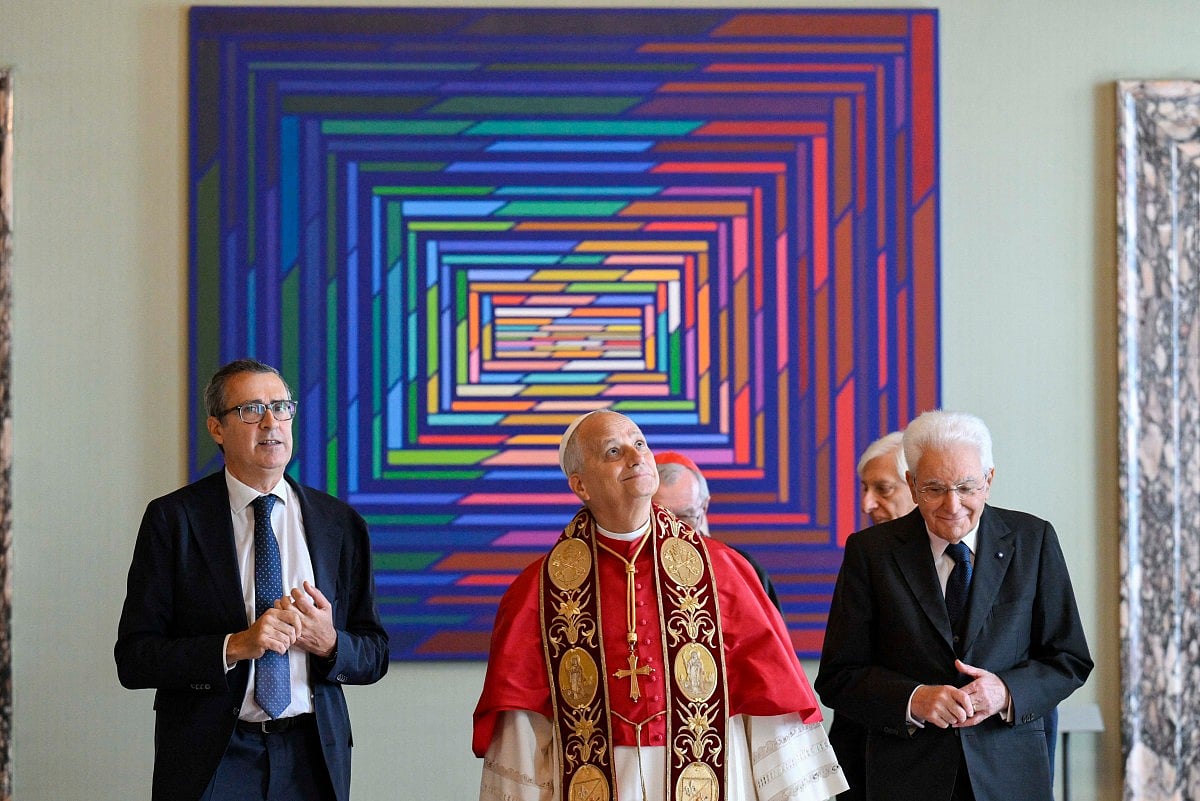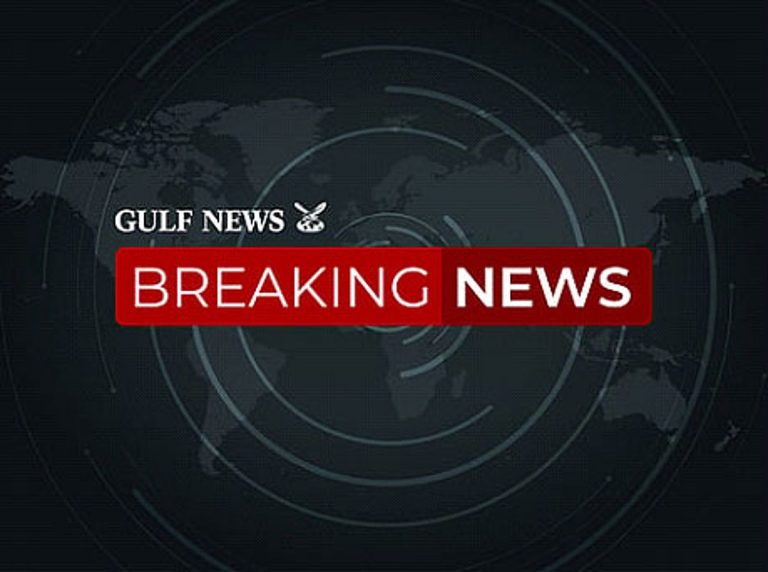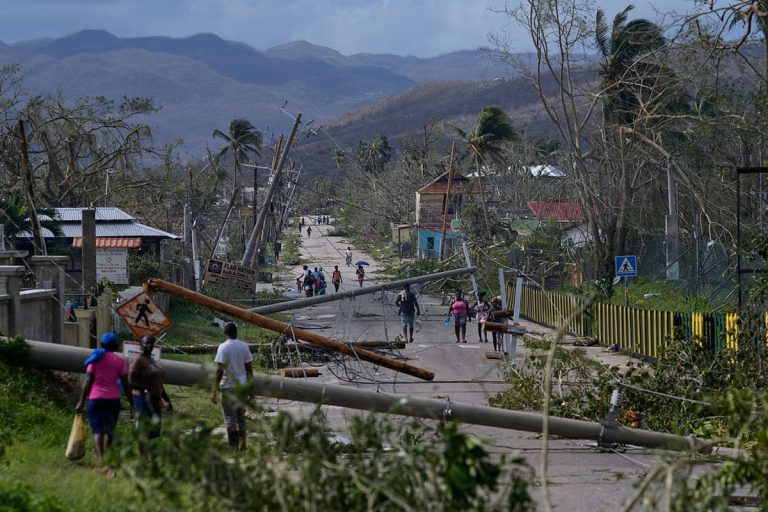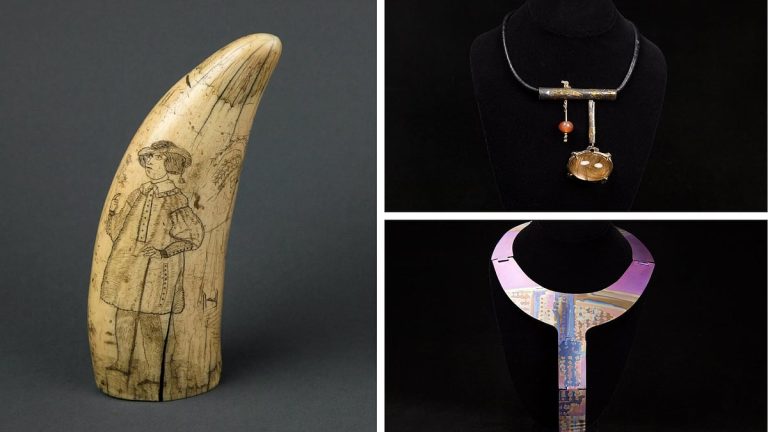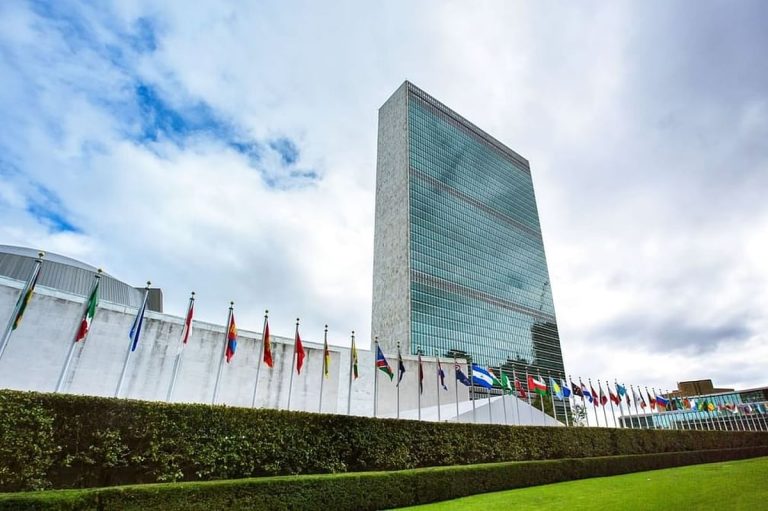Pope Leo XVI’s First Visit to Italy: A Call for Solidarity
Pope Leo XVI embarked on his first official trip outside Vatican City on Tuesday, making a significant journey through Rome to meet with Italy’s president. This visit marks a notable moment in his papacy, emphasizing themes of compassion and solidarity in the face of contemporary challenges.
A Grand Procession Through Rome
The Pope’s motorcade traveled approximately three kilometers through the heart of Rome, accompanied by the presidential guard cavalry and motorcycle escorts. The procession culminated at the historic Quirinale Palace, where the Pope delivered a poignant address in an ornate ballroom.
Emphasizing Migration and Solidarity
During his speech, Pope Leo highlighted the importance of maintaining an attitude of openness and solidarity towards migrants. He described migration as one of the pressing challenges of our time and expressed gratitude for Italy’s efforts in providing assistance to those seeking refuge. “I express gratitude for the generous assistance this country offers to migrants who increasingly knock at its doors,” he stated, while also emphasizing the need for their constructive integration into Italian society.
Acknowledging Italy’s Humanitarian Efforts
The Pope also took a moment to thank Italy for its humanitarian efforts, particularly regarding the care provided to children from Gaza. Since the onset of the conflict in 2023, around 200 children have received medical treatment in Rome’s hospitals, showcasing Italy’s commitment to humanitarian aid.
Addressing Controversial Issues
In addition to migration, Pope Leo defended the Church’s stance on sensitive topics such as abortion and euthanasia. He reiterated the Church’s commitment to upholding the sanctity of life from conception to natural death, reinforcing the moral framework that guides Catholic teachings.
Historical Context of the Venue
The Quirinale Palace, where the meeting took place, has a rich history. Originally built in the 16th century, it served as a papal residence for three centuries before becoming the official residence of Italy’s first king, Victor Emmanuel II, in 1870. This historical backdrop adds depth to the significance of the Pope’s visit.
FAQs
Why did Pope Leo XVI visit Italy?
Pope Leo XVI visited Italy to meet with the president and address important issues such as migration and humanitarian aid, emphasizing the need for solidarity and openness.
What were the main topics discussed during the Pope’s address?
The Pope focused on migration, Italy’s humanitarian efforts for children from Gaza, and the Church’s positions on abortion and euthanasia.
What is the significance of the Quirinale Palace?
The Quirinale Palace has historical significance as it served as a papal residence before becoming the home of Italy’s first king, symbolizing the close ties between the Vatican and Italy.
Conclusion
Pope Leo XVI’s inaugural visit to Italy underscores his commitment to addressing pressing social issues, particularly migration and humanitarian aid. As he calls for compassion and solidarity, the Pope sets a tone for his papacy that prioritizes inclusivity and moral responsibility. Future engagements are likely to continue this dialogue, reflecting the ongoing challenges faced by society today.
The Pope’s visit comes at a time when Italy is grappling with significant migration challenges, particularly from regions affected by conflict and instability. The Mediterranean Sea remains a critical route for many seeking safety, and Italy has been at the forefront of efforts to manage these humanitarian crises. This context amplifies the importance of the Pope’s message, as he seeks to inspire both political leaders and the public to foster a more welcoming environment for those in need.
Moreover, the Quirinale Palace serves not only as a historical landmark but also as a symbol of the evolving relationship between the Vatican and the Italian state. The palace has hosted numerous significant meetings and events, reflecting the intertwined histories of the Church and the nation. Pope Leo’s choice of venue underscores the importance of dialogue and cooperation in addressing societal issues, reinforcing the idea that both religious and governmental institutions play vital roles in promoting social welfare.
As Pope Leo XVI embarks on his papacy, his emphasis on compassion and solidarity may influence future Church initiatives and outreach programs. By addressing contemporary issues head-on, he aims to engage a broader audience and encourage active participation in humanitarian efforts, thereby reinforcing the Church’s mission to serve the marginalized and vulnerable populations in society.
Also Read:
Burjeel Medical City Advances Care for Rare Diseases

